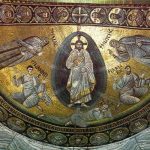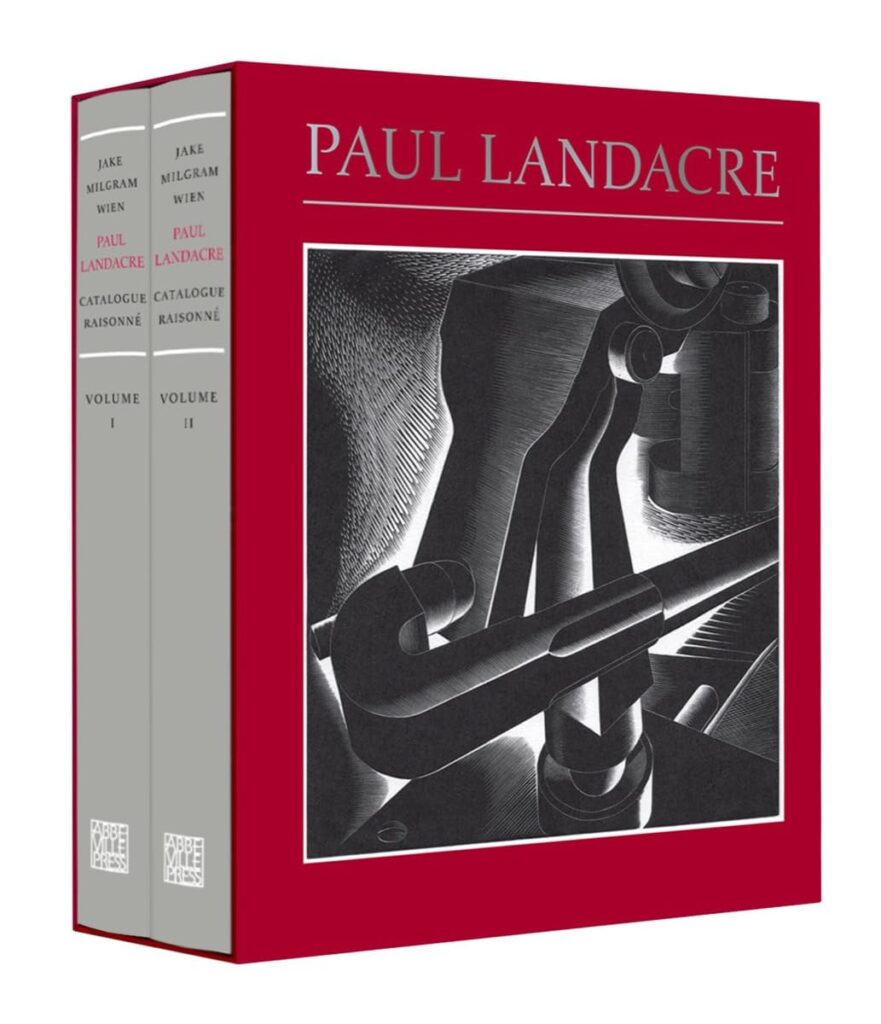
Paul Landacre: California Hills, Hollywood, and the World Beyond, A Catalogue Raisonné, by Jake Milgram Wien (Abbeville Press): “There was nothing small about [Paul] Landacre’s vision,” writes Dana Gioia in his afterword to the two-volume catalogue raisonné of California’s greatest wood engraver. “Despite their modest dimensions, his best prints are monumental and perdurable.” The same might be said of this finely chiseled box set produced by Abbeville Press. Landacre (1893–1963) looked to the open spaces and open possibilities of the landscape of the American West and luxuriated in its sensuous forms. As researched and written by Jake Milgram Wien, with a foreword by John Bidwell, this definitive catalogue covers 350 works while also including entries on Landacre’s preparatory studies. —JP
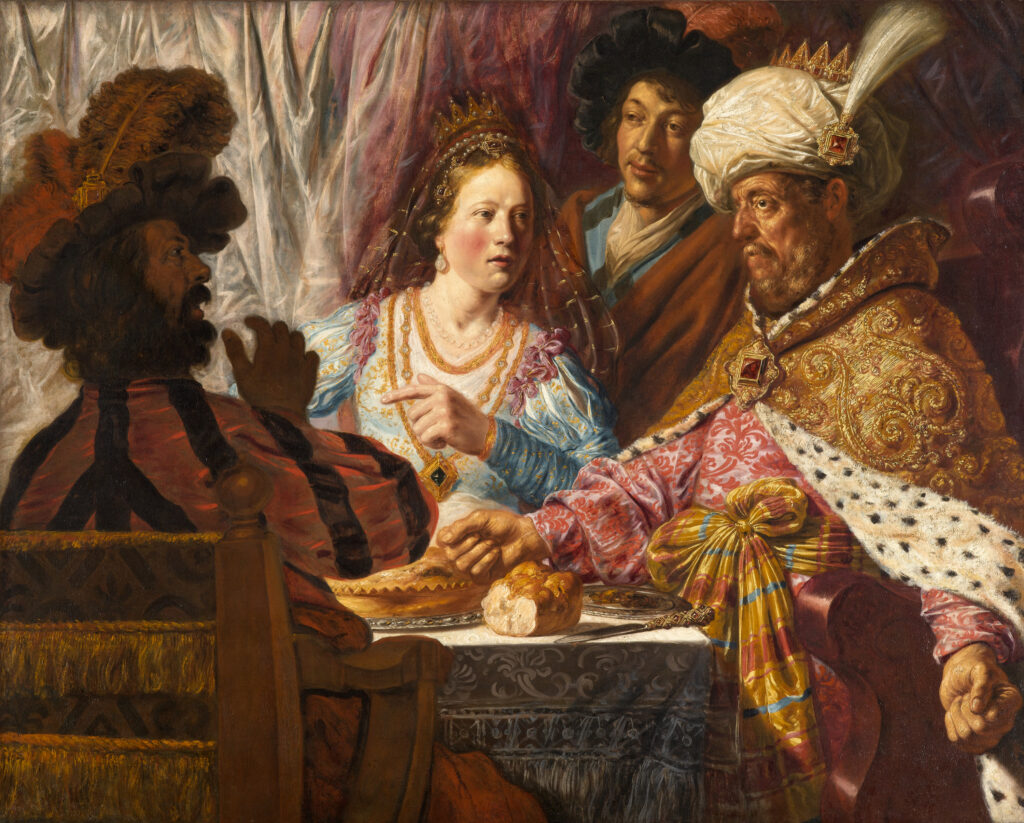
“The Book of Esther in the Age of Rembrandt,” at the Jewish Museum, New York (through August 10): In the mid-seventeenth century, the city of Amsterdam was a beacon of religious freedom—both for the city’s Protestants and for the Jewish immigrants streaming in from central Europe and the Iberian Peninsula. It is unsurprising that Amsterdam’s Jewish community identified with the biblical story of Queen Esther, who heroically saved Persian Jews from extermination, but Dutch Protestants likewise looked to the tale. They saw in the courageous Queen Esther the underdog Dutch Republic, which had recently won independence from the Spanish Habsburg crown, while they associated Spain’s oppressive rule with the evil Persian court adviser Haman, who plotted to kill the empire’s Jews. As a result, the story of Esther was all over Amsterdam, from the history paintings of Rembrandt’s students to snuffboxes and from portraits of Dutch noblewomen dressed up as Esther to sumptuous silver used for Purim celebrations. At the Jewish Museum, visitors can see all these objects and more, guided along by a healthy dose of Amsterdam history. Keep an eye out for my forthcoming review for Dispatch. —SM
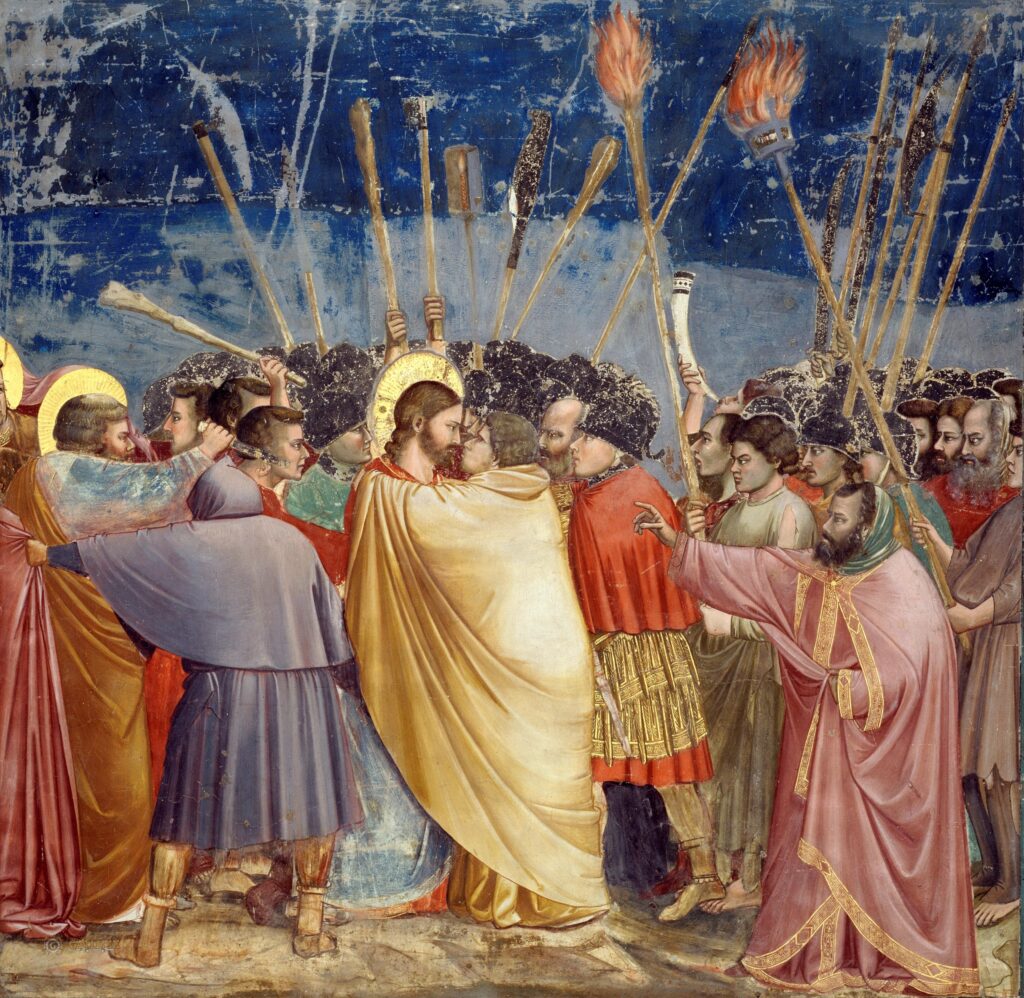
An Evening of Music with Pauline Kim Harris, at the Renee & Chaim Gross Foundation, New York (March 25): I tend to wonder, when confronted by yet another Obligatory Opening Modern Piece (as Jay Nordlinger calls them), if program music is played out—inevitably, a new commission bears a frivolous title like Energizations or Swamp Modern and is pegged to some political or psychotherapeutic theme. But then I cast my doubts aside when I encounter the music of Michael Kosch, who picks the most delightful subjects for his musical excursions into art history. In recent years, he has been occupied by the Old Masters, including Masaccio, Sassetta, Cimabue, and Memling, among others. Tomorrow in Greenwich Village, the violinist Pauline Kim Harris will give the world premiere of Giotto, a set of twenty-seven violin solos drawing from the frescoes of the Florentine master. In Kosch’s conception, the bow acts as a brush and the strings as a palette. The result is arresting, modernistic, and an art lover’s delight: this is music that complements and rewards close looking. —IS
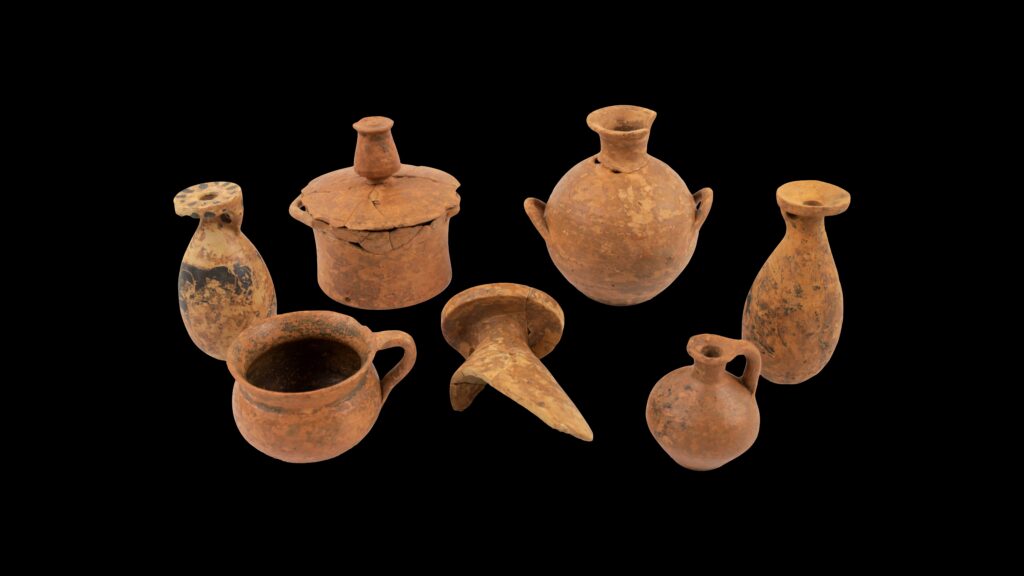
“Lyktos: The Archaeology of an Archaic Greek City in Crete,” presented by Antonis Kotsonas, at the Institute for Study of the Ancient World (April 2): To save her sixth child from his theophagite father, Kronos, the goddess Rhea squirreled Zeus away, Hesiod tells us, in the land of Lyktos on Crete. In human history, meanwhile, the lawgiver Lycurgus of Sparta was said to have been inspired by the good governance he saw in Lyktos; despite frequent conflict with its better-known neighbor Knossos in the Hellenistic period, the city persisted well into late antiquity under Roman rule. The great archaeologist Sir Arthur Evans, who oversaw the pathbreaking excavations of Knossos, was disappointed not to have gained access to Lyktos—but would surely have been pleased by the recent field work of Antonis Kotsonas and others, who are undertaking the first major, systematic excavation of the storied site. Next Wednesday, April 2, Kotsonas will present some of his team’s findings from the archaic period, including a burial ground and a possible sanctuary on the city acropolis. Attendance is free with registration. —RE
Podcast:
“Dominic Green & D. J. Taylor discuss ‘What would Orwell do?’” Friends of The New Criterion gathered for a conversation on George Orwell’s life & work.
Dispatch:
“A Mozartean hoot,” by Jay Nordlinger. On The Magic Flute at the Metropolitan Opera, in Simon McBurney’s production.
By the Editors:
“Trump’s War on Woke: Columbia and Big Law Fall in Line”
Roger Kimball, American Greatness
From the Archives:
“‘The Intellectuals & the Masses,’” by Hilton Kramer (January 1994). On The Intellectuals and the Masses, by John Carey.












